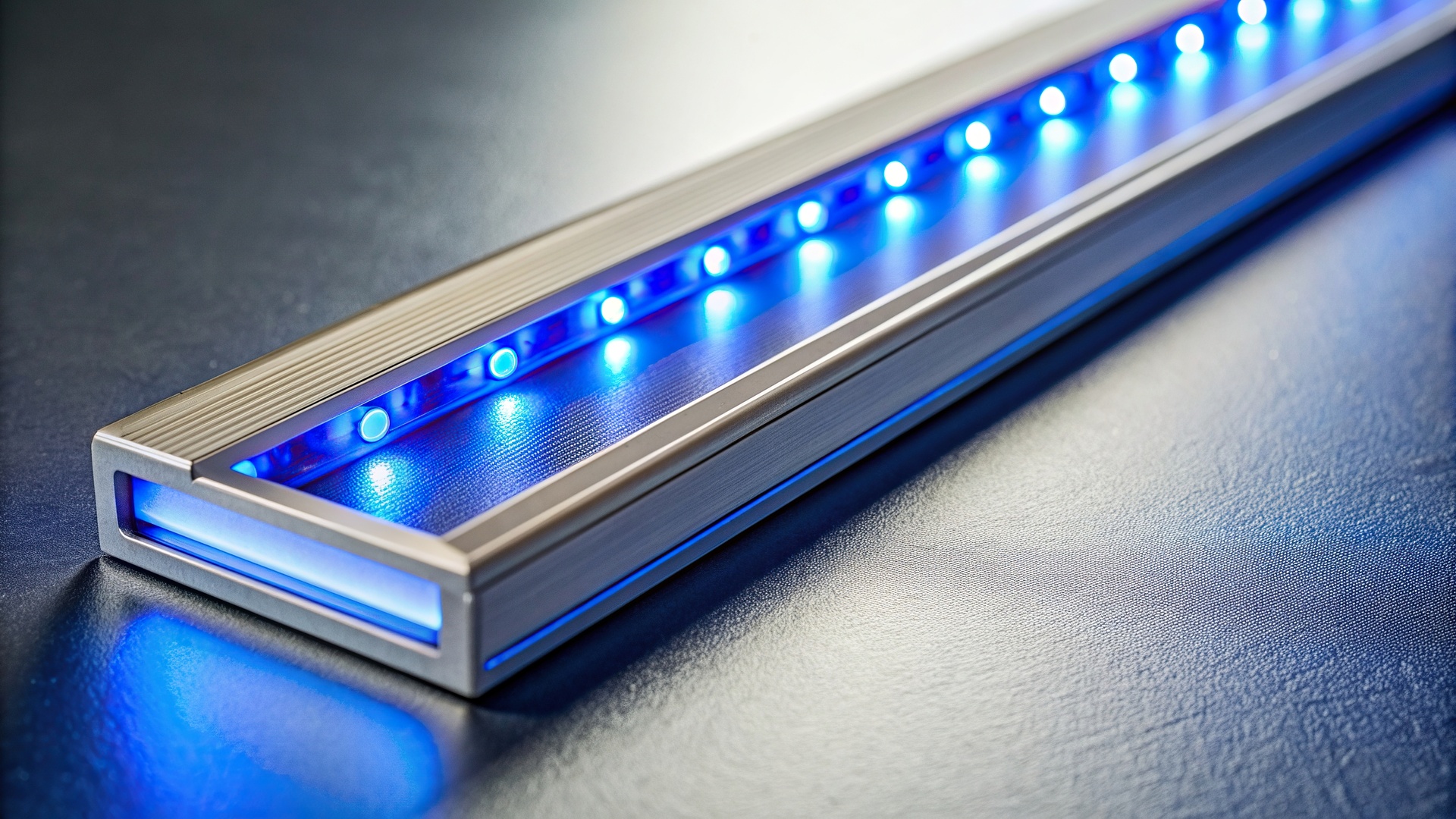10/06/2025
“Exploring Key Innovations in Smart, Human-Centric, and Eco-Friendly Lighting for 2025”
BUSINESS NEWS | 36
2025 Global Lighting Trends: Smart LED, HCL & Sustainable Solutions
The 2025 global lighting trends are setting a new standard for innovation, sustainability, and user-centric design. As the lighting industry evolves, manufacturers and buyers alike must align with key technological advancements and eco-conscious solutions to remain competitive. From smart systems to solar-powered lighting, this year’s trends promise significant transformation across the commercial, residential, and industrial sectors.
Smart Lighting Takes Center Stage
Smart lighting is no longer a futuristic concept—it’s becoming a mainstream requirement. In 2025, smart LED lighting is being widely adopted due to its seamless integration with IoT ecosystems. These systems allow for remote control, automation, energy monitoring, and user customization through apps and voice assistants. Smart lighting contributes not only to energy efficiency but also to user comfort and safety.
According to a report by Grand View Research, the global smart lighting market is expected to grow at a CAGR of over 20% from 2023 to 2030, reflecting increased demand across smart homes, commercial buildings, and urban infrastructure.
To explore how smart systems are reshaping other sectors, visit our feature on smart home technologies in global trade.
Human-Centric Lighting (HCL) Gains Momentum
Human-Centric Lighting (HCL) focuses on enhancing human wellbeing by adjusting light based on natural circadian rhythms. These systems optimize productivity, mood, and sleep quality by dynamically altering color temperature and intensity throughout the day.
As offices and public spaces increasingly prioritize occupant wellness, HCL has become a preferred solution. In 2025, lighting manufacturers are introducing tunable white LEDs and sensor-based adaptive systems that respond to environmental and human factors in real-time.
A recent study by Lighting Europe highlights the benefits of HCL in schools, workplaces, and healthcare facilities, reinforcing its growing importance in sustainable building design.



“Lighting the Future: Innovations That Power Smarter, Greener Spaces in 2025”
